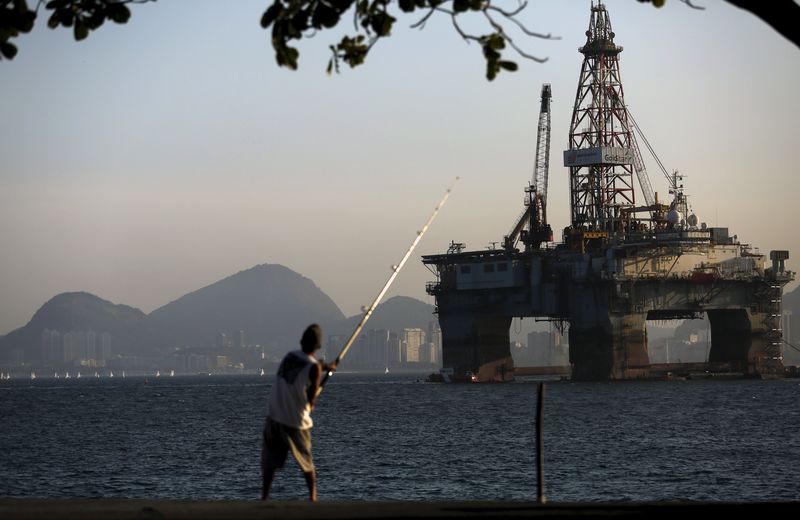Investing.com’s stocks of the week
Investing.com - Crude oil markets notched their fourth-straight weekly gain for their longest winning streak since May, with focus remaining on upcoming U.S. sanctions against Iran, despite mixed price settlements on Friday.
Since data on Wednesday showed the biggest weekly U.S. crude stock build in one-and-a-half years, oil has lost some of its upward momentum.
Crude prices began strongly on Friday, but the gains faded by settlement, despite data showing another weekly drop in the U.S. oil rig count.
Baker Hughes, an oilfield services firm that tracks the U.S. rig population, said the number of rigs actively drilling for oil fell by 2 this week to 861. Rigs have fallen the past three weeks and although the declines are small, it shows drillers haven’t started ramping up production, despite U.S. crude prices crossing $75 per barrel.
U.S. crude’s West Texas Intermediate (WTI) crude settled a penny higher at $74.34 a barrel, after an intraday high at $75.20.
London-traded Brent crude, the benchmark for oil prices outside the U.S., was down 0.58%, or 49 cents, at $84.09 by 2:53 PM ET (18:53 GMT). It hit $85.12 earlier.
For the week, both benchmarks were up and have gained just under 10% for the past four weeks.
WTI posted a gain of 1.5% for the just-ended week and was up 9.5 % in total since the week ended Sept. 2, a winning streak only matched in May, when oil markets began their first earnest rally over Iran worries.
Brent rose about 1.7% for the latest week and more than 9.2% over the past four weeks.
The strong weekly gains signaled that the path of least resistance in oil could be lower and that focus could remain squarely on Iran, which traders said could cause the biggest supply shock in oil since the Libyan crisis of 2010 that saw the ouster of the Gaddafi regime.
Many traders think Russia and other big oil producers in the Organization of Petroleum Exporting Countries (OPEC) have little spare capacity to offset a global supply crunch anticipated from export sanctions that will befall Iran from Nov. 4.
Some say supplies will be adequate and that the Iran rhetoric was simply the work of oil bulls bent on getting Brent to $100 a barrel by year-end or 2019 at the latest. Russia and OPEC-lead Saudi Arabia admitted on Thursday they have an agreement to partially boost output, if needed.
“It’s all a matter of timing,” Goldman Sachs (NYSE:GS) said in a note to clients, explaining the mechanics of the Iranian sanctions.
Goldman said its base case for Iran was a loss of 1.5 million barrels per day (bpd), from a peak of 2.7 million bpd produced by the Islamic state in May.
But the actual size of the disruption will only be known after Nov. 4, when major buyers of Iranian crude from China to India and Europe show how effective the U.S. has been in discouraging them to continue imports, Goldman said.
“If the declines in Iran exports are sooner and larger than our base case, it will be harder for other producers to offset them,” it said.
And while trading in oil has been dominated by upside risks, sentiment should turn by next year as a modest supply surplus builds from non-bullish fundamentals outside of Iran, Goldman added.
In other energy trading, gasoline RBOB fell 1.1% to $2.0849 a gallon, while heating oil dipped 0.4% to $2.3905 a gallon. Natural gas slid 0.5% to $3.149 per million British thermal units.
